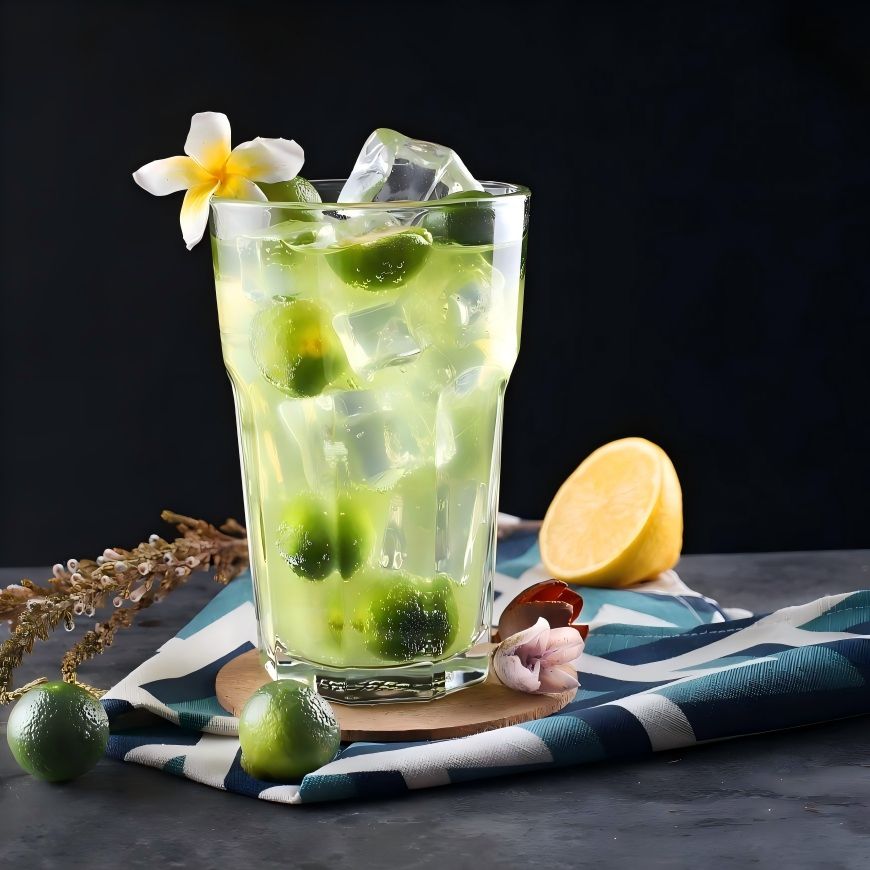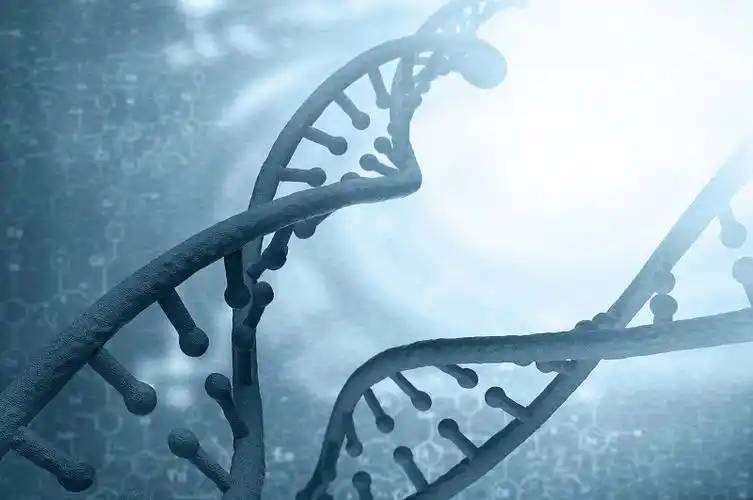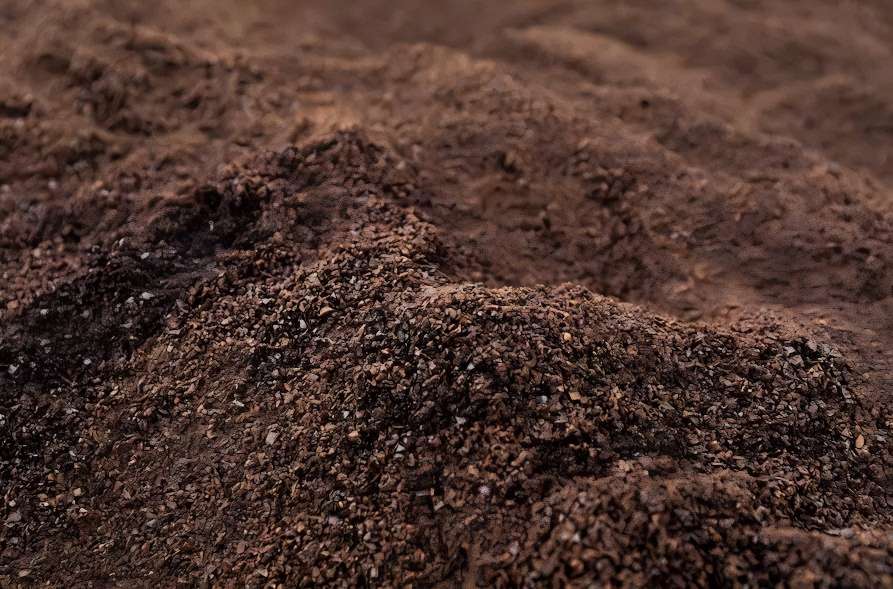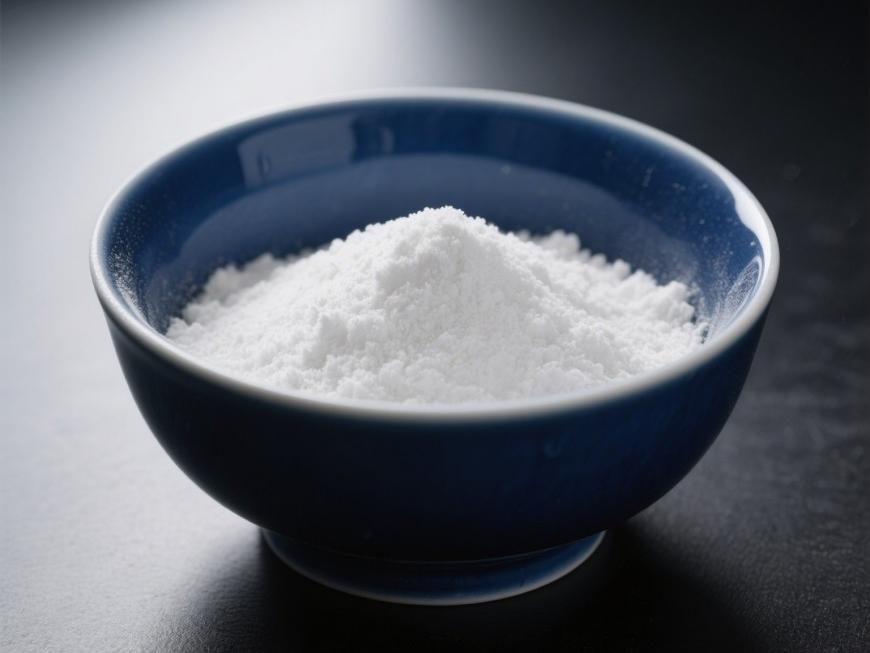Natural Ingredient D Mannose Empowering Food, Beverages and Animal Nutrition
D mannose, a naturally occurring functional monosaccharide, has seen expanding applications in the food and beverage, dietary supplement, and health-focused aquaculture industries in recent years. Its unique physical and chemical properties, coupled with its green and healthy attributes, have garnered significant attention from the industry.
As a professional supplier of plant extracts, Green Spring Technology has consistently focused on the research, development, and optimization of production processes for natural ingredient D-mannose, committed to providing customers with high-purity, multi-specification, and consistently high-quality natural D-mannose raw materials solutions to help businesses create innovative products that align with consumer trends.
1 Applications of D-mannose
1.1 Applications of D-mannose in Food and Beverages
D-mannose, as a natural functional monosaccharide, has seen increasing applications in the food and beverage industry in recent years.Its excellent stability and refreshing sweet taste make it an ideal alternative to traditional high-calorie sugars, particularly for modern consumer products that prioritise health and natural ingredients.
In food processing, D-mannose can be used as a sweetener in beverages, dairy products, confectionery, and baked goods, while also effectively improving the texture and stability of foods. For example, it demonstrates promising potential as an auxiliary ingredient in certain fruit preservation and functional food applications. Additionally, D-mannose is commonly used in various nutritional beverages and dietary supplements to enhance product functionality and add value.

As consumer demand for low-sugar, low-calorie foods continues to grow, D-mannose, as a natural sugar-based nutrient, is emerging as an important component of healthy dietary solutions, aligning with global trends in the food industry.
Green Spring Technology is committed to providing high-purity, multi-specification food-grade D-mannose raw materials. With strict quality control and stable supply capabilities, we assist customers in developing the next generation of healthier, market-driven food and beverage products.
1.2 Applications of D-mannose in healthy animal husbandry
As a green and safe natural feed additive, D-mannose demonstrates significant application potential in modern healthy animal husbandry. Its excellent compatibility and unique functional properties offer a new nutritional solution for livestock and poultry farming.
Adding D-mannose to animal feed helps improve the intestinal environment of livestock and poultry, supporting gut health. Research indicates that D-mannose can inhibit the proliferation of harmful microorganisms, thereby promoting healthy growth in animals.
Additionally, D-mannose demonstrates positive potential in enhancing overall animal health and production performance, including improving feed utilisation efficiency and egg production, thereby bringing more sustainable operational benefits to farming enterprises.
As a natural, residue-free feed component, D-mannose aligns with current policy directions for ‘antibiotic-free farming’ and green agriculture, offering promising prospects as an alternative to traditional antibiotic solutions. This contributes to advancing the livestock industry toward safer and more efficient development.
1.3 Applications of D-mannose in biochemical research
As an important biological tool, D-mannose has widespread applications in plant biotechnology and genetic transformation research. It can serve as an efficient screening agent for cell selection and transformation event identification in genetically modified crops such as sugar beet, rice, and corn, significantly improving breeding efficiency and survival rates.
It also demonstrates excellent performance in critical technical processes such as protoplast transformation, providing reliable support for crop breeding and biotechnology research.

2 Preparation of D-mannose
The preparation of D-mannose primarily involves three technical routes: extraction, chemical synthesis, and biological methods. Among these, the biological method based on microbial fermentation has gained increasing attention due to its green, efficient, and sustainable characteristics.
The extraction method relies on the hydrolysis of plant raw materials and is easily affected by geographical and seasonal factors; the chemical synthesis method, although mature, has a complex process and high costs. In contrast, the microbial fermentation method utilizes specific strains and enzyme systems to achieve efficient conversion. It not only has mild reaction conditions and low energy consumption but also offers significant advantages such as high product purity, minimal environmental pollution, and suitability for large-scale production, perfectly aligning with the current industry trends toward green manufacturing and sustainable development.
2.1 Extraction Method
2.1.1 Extraction Using Coffee Grounds as Raw Material
Coffee grounds, a by-product of the instant coffee industry, are rich in mannan and can serve as a sustainable raw material for D-mannan extraction. Through acid hydrolysis and subsequent processing, D-mannan can be converted and purified.

2.1.2 Extraction using palm kernel shells as raw material
Extracting D-mannose from palm kernel shells is a promising production process. This method typically involves acid hydrolysis, neutralisation, decolourisation, separation, desalination, and crystallisation, enabling the efficient production of D-mannose.
2.2 Biotechnological fermentation method
The biotechnological production of D-mannose is gaining significant attention in the industry. Among these methods, biotechnological fermentation stands out for its green, efficient, and mild process conditions, demonstrating significant potential for industrialisation. This method utilises specific microorganisms to ferment natural sugars, enabling the efficient and specific production of D-mannose. It avoids the high energy consumption and complex processes of traditional chemical methods while reducing environmental impact.
The biological fermentation method not only features mild reaction conditions and minimal by-products but also exhibits strong raw material adaptability and scalability, making it particularly suitable for applications in high-demand sectors such as food, health supplements, and pharmaceuticals.
Green Spring Technology, leveraging its mature biotechnological fermentation platform, is committed to providing customers with high-purity, high-quality D-mannose raw materials. We ensure stable supply capabilities and strict compliance with regulatory standards, and offer flexible customisation and application support tailored to specific customer needs, helping enterprises enhance product competitiveness and market responsiveness.
3 Outlook
As a natural raw material, D-mannose is demonstrating significant market potential and commercial value due to its diverse application scenarios and outstanding product characteristics. As a high-quality alternative to high-calorie sugars and a new food additive, D-mannose powder offers the food industry healthier and more efficient solutions with a promising market outlook.
D-mannose also serves as a green and efficient antibiotic alternative, demonstrating significant advantages in the field of healthy animal husbandry by regulating the intestinal flora of animals, enhancing immunity, effectively reducing antibiotic use, lowering the risk of antibiotic resistance, and improving farming efficiency. It provides innovative solutions for the sustainable development of modern animal husbandry.
Green Spring Technology deeply understands the core value of natural raw materials. We specialise in high-quality plant extracts and raw materials. We apply and continuously optimise efficient, environmentally friendly extraction and purification technologies to ensure high purity (up to 98%+) and a stable supply. Our products comply with international standards, including the European Pharmacopoeia and the United States Pharmacopeia.
Our technical team can provide application support for D-mannose in food and beverage formulations, health supplement development, and healthy livestock farming solutions.
For more information on Green Spring Technology's natural D-mannose product specifications and sample information, please contact us at helen@greenspringbio.com or WhatsApp: +86 13649243917.
References
[1] Pan Ziguo. Study on the extraction and purification process of D-mannose[D]. Hangzhou: Zhejiang University, 2009.
[2] CHENG Ze. Study on the low temperature thermodynamic properties and thermal decomposition kinetics of monosaccharides[D]. Shenyang: Shenyang University of Technology, 2016.
[3] Hu X, Shi Y, Zhang P, et al. D-Mannose: Properties, production, and applications: an overview[J]. Comprehensive Reviews in Food Science and Food Safety, 2016, 15(4): 773-785.
[4]Liang Z,Huang GH . Preparation and use of mannose[J]. Friend of Chemical Industry, 2000(3): 14.
[5]HUANG Jiawei,SHI Yue,ZHANG Wenli,et al. Enzymatic characterization of D-lyxose isomerase[J]. Journal of Food and Biotechnology,2019 ,38(1): 83-92.
[6] SUN Zhongliang, CHEN Weiping, HUANG Guangmin, et al. Hydrolysis of coffee residue to produce D-glycose[J]. Food Science, 1999 ,20(12): 30-32.
[7] HUANG Guangmin, CHEN Yiping, YANG Xuelui, et al. Determination of mannan in defatted coffee grounds[J]. Journal of Hainan University (Natural Science Edition) ,1999(4): 317-321.
[8] HUANG Guangmin, CHEN Weiping. Acid hydrolysis of D-mannose from coffee grounds[J]. Light Industry Science and Technology,2002(1): 19-21.
[9] Pei Jun, Sheng Yanhua, Gao Liqun. A method for preparing high purity D-mannose: China, CN105087712A[P]. 2015-11-24.
[10] FANG Ji-nian, WANG Hong-cheng, ZHANG De-zhong, et al. Preparation of D-mannose from palm tree seeds [J]. Chemistry World,1981(9): 25-26.
[11] Takemura M, Iijima M, Tateno Y, et al. Process for preparing D-mannitol: U.S., Patent 4,083,881 [P]. 1978-4-11.
-
Prev
Fermented D Mannose Raw Materials Contribute to Healthy Products
-
Next
D Mannose Powder Provides Innovative Ingredients for Functional Food and Beverage


 English
English French
French Spanish
Spanish Russian
Russian Korean
Korean Japanese
Japanese




